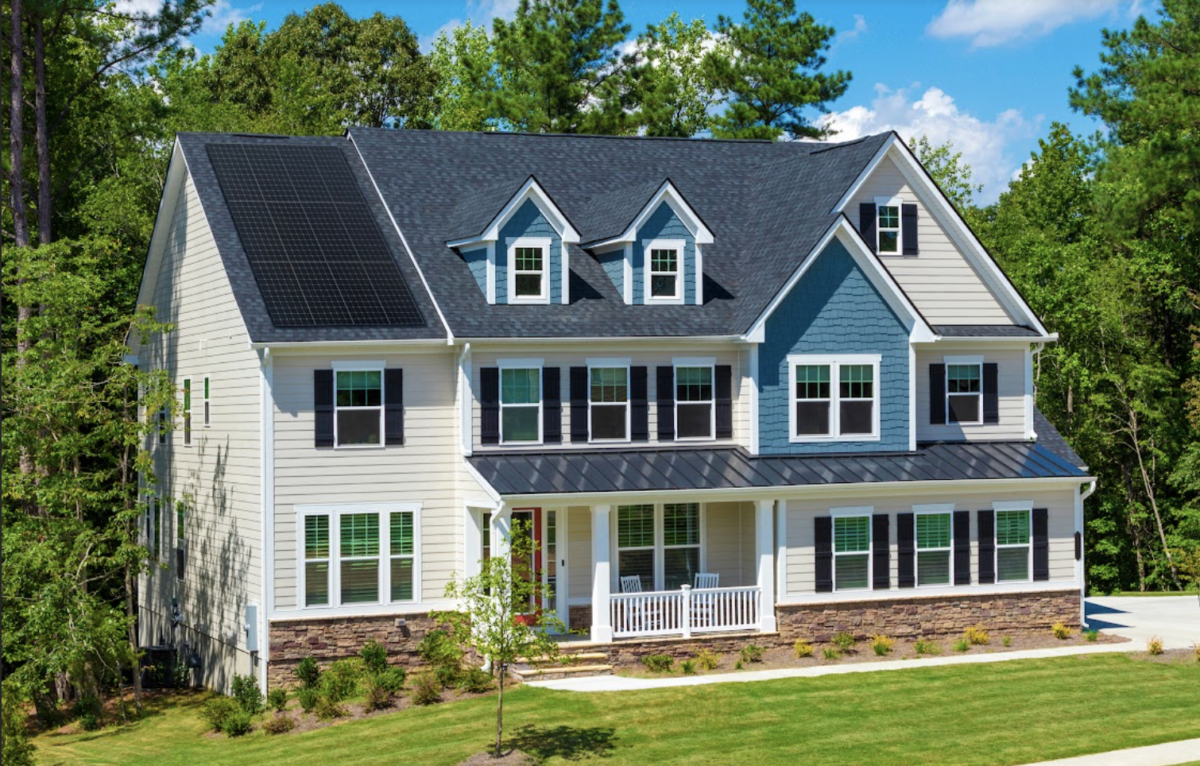
Most solar panels come with a 25- to 30-year warranty, but they may realistically last 25 to 40 years or more. Panels will, however, slowly begin to degrade over time, meaning they may produce less energy. Solar panel degradation rates are constantly improving. Currently, the standards are between 0.1 and 0.8% loss per year. To determine the projected output of your solar panels after a certain number of years, you can multiply the degradation rate by the number of years you are interested in and subtract that number from 100%. So, if your panel manufacturer predicts 0.5% degradation, at 25 years, it will produce 87.5% as it did when first installed.
Because they have no moving parts, if no damage occurs due to wind, debris, or environmental factors, solar panels can continue to produce power for many decades. Manufacturers generally offer both an equipment warranty to certify against defects and a performance warranty to guarantee that your panels will produce a certain amount of electricity. Your solar panel’s performance warranty, which typically lasts 25 years, can give you a better sense of how much electricity to expect from your solar panel system over time.
And what about the carbon footprint of your solar panels? The 25- to 30-year lifespan of a solar panel is actually significantly longer than the “energy payback time,” or EPBT. EPBT is the amount of time it takes for a solar panel to produce enough clean electricity to “pay back” the energy that was used to manufacture it in the first place. In 2010, an analysis from Brookhaven National Laboratory found that the EPBT of a solar panel is just six months. With the latest technology, that number has most likely fallen as panel manufacturing becomes more efficient.
So, what are you waiting for? Get on board, save money, and do right for the environment long into the future!
How much will solar cost you?
Find out. It’s FREE!

